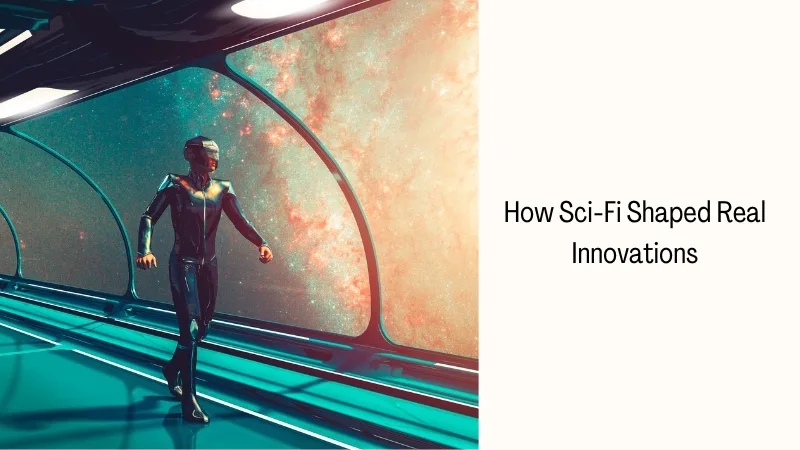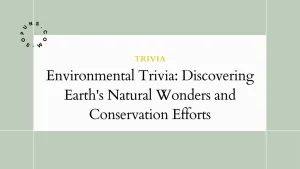Since the dawn of humanity, we’ve gazed up at the night sky with wonder and curiosity. The cosmic adventure of space exploration has ignited our imaginations and expanded our understanding of the universe. From historic moon landings to robotic planetary missions, space trivia offers a fascinating look at our attempts to journey into the great unknown. Let’s blast off on a trip filled with fun facts about astronauts, iconic spacecraft, and the challenges and triumphs of venturing beyond Earth.
Astronaut Ice Cream and Space Pens: Quirky Facts About Equipment
Space travel requires specialized equipment suited to the extreme environments faced by astronauts. This leads to some quirky innovations! For example, did you know that astronaut ice cream was created to be crumb-free and easy to eat in zero gravity? The dehydrated ice cream was a huge letdown for space travelers expecting an ice cream treat. As for writing utensils, normal ballpoint pens don’t work in space. NASA spent $128 million developing a pressurized space pen that could write upside down, underwater, and in frigid temperatures.
A spacesuit alone costs $12 million. The Apollo lunar spacesuits were made by seamstresses using old-fashioned sewing machines! Today’s spacesuits have advanced telemetry systems and can cost over $100 million. From freeze-dried foods to specially engineered toilets, space tech aims to keep astronauts safe and functional in the harsh conditions of space.
One Small Step: Trivia About the Moon Landings

On July 20, 1969, Apollo 11 made history as Neil Armstrong took mankind’s first steps on the moon, forever changing our place in the universe. This iconic moment is filled with fascinating facts. For example, the Saturn V rocket that launched Apollo 11 was 111 meters tall and weighed 2.8 million kilograms! NASA used Velcro for the first time to allow astronauts to securely fasten items in zero gravity.
Buzz Aldrin hit a golf ball on the moon during Apollo 11 – it went for “miles and miles” in the low lunar gravity. The historic landing almost didn’t happen due to a computer overload, but quick thinking averted disaster. NASA’s victories came with devastating setbacks too. Apollo 1 ended in tragedy when fire broke out during a simulation, killing all three crew members. The Apollo program transformed our understanding of the moon and laid the groundwork for future exploration.
Star Trek Tech: How Sci-Fi Shaped Real Innovations
Believe it or not, Star Trek has inspired many real inventions used in space exploration! NASA’s first space shuttle was named Enterprise after the iconic Starship Enterprise. Tablet computers, as seen in Star Trek: The Next Generation, are now ubiquitous, assisting astronauts on the International Space Station. Bluetooth communication technology was inspired by Star Trek’s communicators.

Star Trek’s tricorders capable of scanning and recording data have their analog in NASA’s LOCAD-PTS handheld chemical sensing device. Heat-resistant materials developed for the Space Shuttle now protect firefighters. Sci-fi continues to push engineers and researchers to make fiction into reality. Someday we may have food replicators, holodecks, and warp-speed travel!
Robots Explore the Solar System
While astronauts get most of the glory, much of space exploration relies on robots journeying where humans cannot yet go. Want some robotic space trivia? NASA’s Mars Pathfinder mission famously included the Sojourner rover that analyzed the Martian surface and atmosphere for three months. The Voyager probes, now in interstellar space, carry golden records containing sights, sounds, and culture from Earth in case aliens come across them.
Spirit and Opportunity discovered evidence that Mars once had liquid water. Galileo was the first spacecraft to examine Jupiter and its moons up close. Robots allow us to explore distant planets and galaxies in ways unimaginable in the past. The insights they provide into our solar system teach us more about Earth’s own genesis and geology. We’ve come a long way from Sputnik, the first artificial satellite launched in 1957!
Makeshift Solutions: Overcoming Space Travel Challenges
Space travel is full of challenges requiring creative problem-solving. Apollo 13 made it safely back to Earth despite an onboard explosion thanks to quick thinking and improvised solutions. The crew had to adapt spare plastic bags and duct tape to remove carbon dioxide from the failing air filtration system – a true testament to human ingenuity!
In 1966, Michael Collins had to pilot Gemini 10 manually after the onboard computer failed. He succeeded using just a wristwatch and paper maps. In 2020, astronauts on a SpaceX Crew Dragon capsule fixed a toilet leak with…you guessed it, duct tape! The ability to adapt under high stakes has proven vital throughout the history of space exploration.
Cosmic Perspective: How Space Travel Changed Views on Earth
Many astronauts have spoken about the profound shift in perspective that happens when viewing Earth from space. From orbit, national borders disappear, and our planet appears as a united, fragile whole. The famous “Blue Marble” photo taken by Apollo 17 highlighted Earth’s beauty. Jim Lovell recounted gazing at Earth during Apollo 8: “The vast loneliness is awe-inspiring and it makes you realize just what you have back there on Earth.”
This overview effect still strikes astronauts viewing Earth from the International Space Station. Space travel grounds our common humanity and motivates people to solve global environmental issues. Gazing at our tiny blue dot against the infinity of space is a soul-stirring experience.
Inspiring the Next Generation Through Trivia
Space trivia is more than just fun facts – it can inspire young people to pursue STEM careers and research critical to future exploration. Sally Ride, the first American woman in space, promoted science literacy, especially for girls. Mae Jemison founded an organization teaching space and science to minority students after becoming the first African-American woman in space.
Pop culture focusing on space, like Star Wars and The Martian, stimulates enthusiasm for real-life space technology and discoveries. Sharing trivia makes space exciting, personal, and culturally relevant. The next great astronaut could be sparked by stories of Neil Armstrong’s first lunar steps or the Apollo 13 crew’s astounding survival. Our human journey into the cosmos is just beginning!
Space Exploration Trivia Questions
- Which Apollo mission resulted in the first lunar rover being used on the moon? (Apollo 15 – in 1971)
- Who was the first American woman to walk in space? (Kathryn Sullivan in 1984)
- Which planet has the most moons? (Jupiter with 79 confirmed moons)
- What percentage of an astronaut’s time on a space shuttle mission is actually spent in space? (Just under 1%)
- Who was the first person to orbit Earth? (Yuri Gagarin of the Soviet Union in 1961)
- How fast can a spaceship travel? (17,500 mph to escape Earth’s gravity and 24,860 mph to reach Mars)
Keep your head in the stars with more cosmic trivia! From quirky astronaut stories to heroic missions, fun space facts inspire scientific curiosity in all ages.
Conclusion
Our quest to explore the cosmos has challenged human limitations and led to amazing advancements. While portrayals of space travel focus on adventure, the reality involves humankind coming together to achieve the extraordinary. Space trivia offers perspectives on our solar system and universe that both humble and inspire us. As we reach farther out into the galaxy, space exploration history propels us onwards – to infinity and beyond!






No Comments